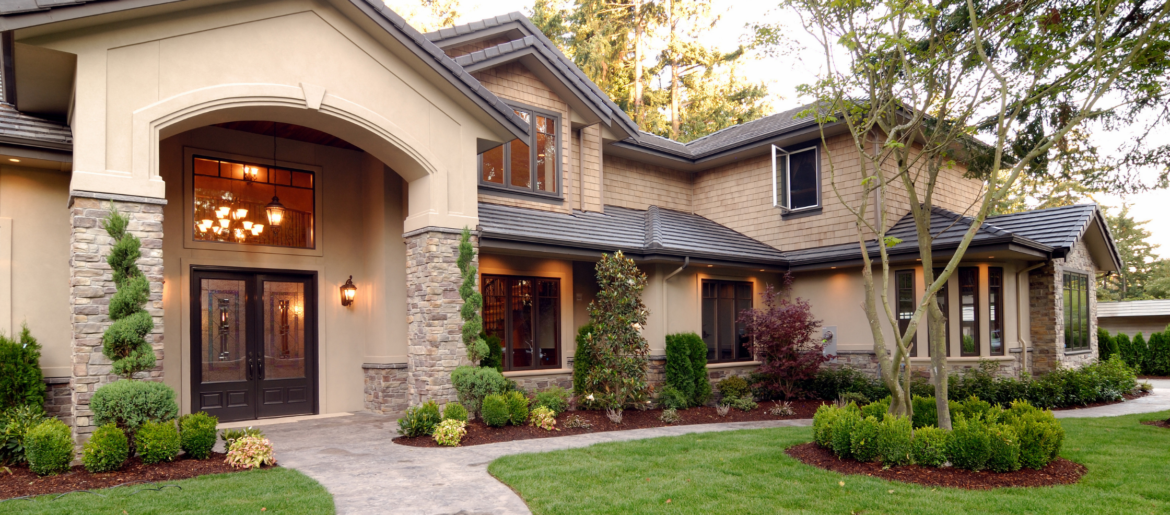
Homeowners in the U.S. Are $2 Trillion Richer Than They Were in 2020
According to real estate data platform CoreLogic, homeowners with mortgages enjoyed a 20 percent jump in equity in the first quarter of 2021 over the same period in 2020. That translates to roughly $2 trillion, or about $33,000 per borrower.
The reason? Home prices have soared 11 percent over those of first quarter of 2020 — the sharpest gain since the market’s peak in 2006.
In March 2020, no one was certain whether the pandemic spelled doom for the housing market. As it turned out, COVID spiraled the demand for housing, further straining already short supply. Add historically low interest rates, and you have a perfect recipe for an equity boom.
Frank Martell, president and CEO of CoreLogic, said, “Homeowner equity has more than doubled over the past decade and become a crucial buffer for many weathering the challenges of the pandemic. These gains have become an important financial tool and boosted consumer confidence in the U.S. housing market, especially for older homeowners and baby boomers who’ve experienced years of price appreciation.”
The massive numbers of foreclosures that toppled the economy in the last part of the aughts should not be a factor in this cycle. For those who have struggled financially as a result of the pandemic, COVID-related mortgage bailout programs have helped them hold onto their homes. As those programs expire, home equity will allow financially distressed owners to sell and walk away with money in their pockets, rather than becoming homeless and penniless, as so many did during the Great Recession.
CoreLogic Chief Economist Frank Nothaft noted that the average homeowner now has roughly $216,000 in equity. “This reduces the likelihood for a large numbers of distressed sales of homeowners to emerge from forbearance later in the year.”
The market has also been good for borrowers who are carrying negative equity (more debt than the home is worth). From the fourth quarter of 2020 to the first quarter of 2021, the number of mortgaged homes in negative equity decreased to only 1.4 million homes, or 2.6 percent of all mortgaged properties.
Home sales are beginning to slow in markets across the country, and experts forecast that home prices should start leveling off. There is a limit on what buyers can afford. However, most are not prophesying doom. Demand for housing remains strong, while supply is limited.
The Other End of the Spectrum
It seems that wherever there is a winner, there must also be a loser. High demand and soaring costs have priced many would-be homeowners out of the market. According to the National Association of Realtors, the median home price in the U.S. increased by 14.6 percent in the past year, to reach $310,800. Combined with more stringent lending standards, many first-time buyers have been locked out. In the big picture, this phenomenon has further widened the gulf between the wealthy and those struggling to make ends meet.
According to real estate data company Point2, home prices are increasing faster than wages in 53 of the nation’s 100 largest cities. At a time when many have lost jobs, homebuyers in the most unaffordable places would need to earn up to $43,567 more per year to comfortably afford a home.
Home ownership advocates hope that a trend toward lower prices will bring more low-income and first-time buyers back into the market.
In the meantime, those lucky enough to already own a piece of the American Dream are enjoying their newfound riches.
QuickDraw Fund Control strives to remain up-to-date on trends that affect the construction and housing sectors, so that we may always be a trusted resource for our clients. For more information, call us at: (909) 986-7405; or drop us a line at: info@quickdrawfundcontrol.com.
